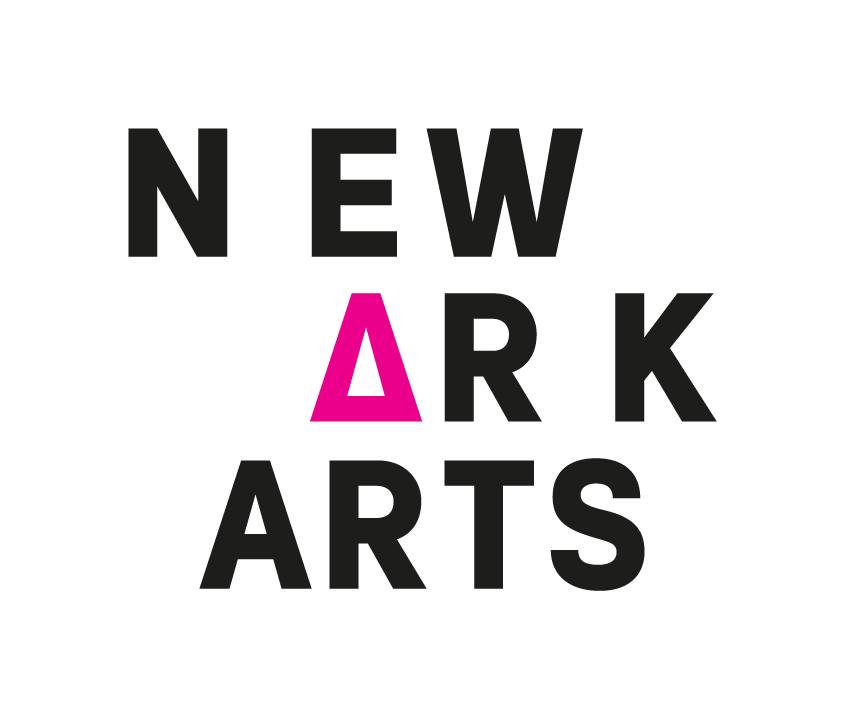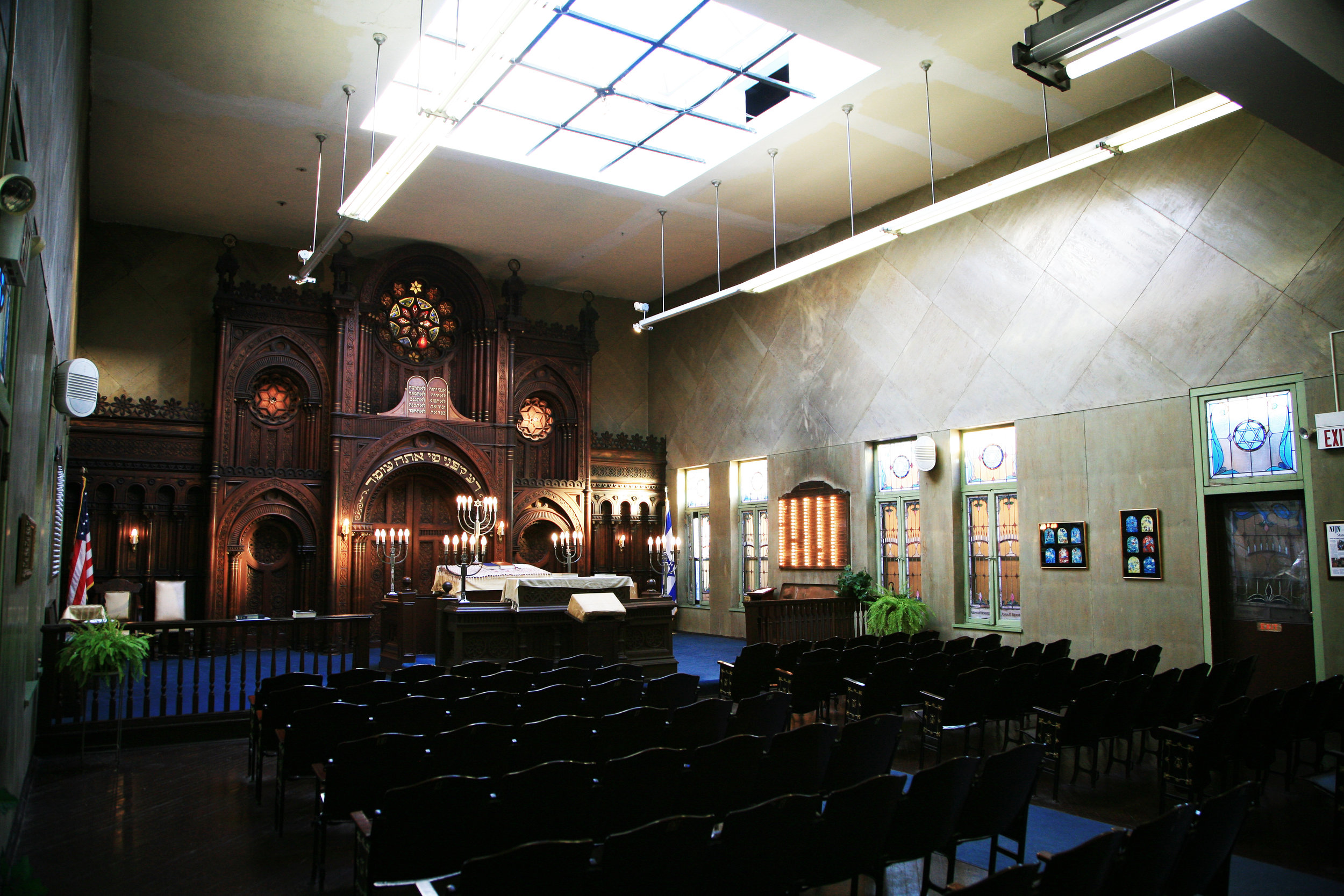THE JEWISH MUSEUM OF NJ
MAX HERMAN ON NEWARK’S JEWISH HERITAGE
Synagogue at the Jewish Museum of NJ | Image Credit: Matthew Gosser
CAN YOU SHARE A FEW FAVORITE ARTISTS FROM THE NEWARK HAVE SHOWN WORK IN THE MUSEUM?
Some of our favorite artists who have exhibited at the JMNJ are the late Michael Lenson-noted muralist and head of the NJ WPA artists project, Claire Kosterlitz-a prominent Bauhaus School painter, Marcia Marx-a Newark born painter who studies with Diego Rivera, and local talent Mansa Mussa.
YOU HAVE A FEW GREAT SHOWS OPENING THIS AUTUMN! CAN YOU TELL US A BIT ABOUT THE POP ART RABBI, YITZCHOK MOULLY?
Yitzchok Moully is a conceptual artist whose work explores the intersection of spirituality and the material world we live in. Having grown up in Melbourne, Australia, with a few formative years in Hasidic Brooklyn, Moully brings together the disparate colorful worlds of his hippie upbringing and Hasidic culture, resulting in a unique palette of colors and ideas. A Rabbi by training, Moully served as a Youth Rabbi in Basking Ridge, NJ, for ten years before embracing his creative spirit. Dubbed ever since The Pop Art Rabbi, Moully’s work distills ethereal Chassidic concepts into relatable works of art.
CAN YOU GIVE US A LITTLE BRIEF INSIGHT INTO THE HISTORY OF THE JEWISH COMMUNITY IN NEWARK FOR THOSE WHO MAY NOT BE FAMILIAR?
Once home to over 50,000 Jews, Newark was the 4th largest Jewish community in the United States, and boasted more 40
synagogues. Jews have lived in Newark since the 1700s. Famous Jewish Newarkers include Jerry Lewis, Ed Koch, Paul Simon,Harlan Coben, Rabbi Joachim Prinz, and Pulitzer Prize winning author Philip Roth. Newark’s Weequahic neighborhood served as the setting for several of Roth’s novels and short stories including Good Columbus, American Pastoral and The Plot Against America.
WHAT ARE SOME OF THE WAYS THAT JMNJ CONNECTS WITH THE NON-JEWISH COMMUNITY TO SHARE SOME OF THE HISTORY OF A JEWISH PRESENCE IN NEWARK?
Our exhibits and programs reflect a conscious effort to include the non-Jewish community in the surrounding neighborhood, which is comprised largely of Latinos and African Americans. We have held a series of conversations on African American and Jewish relations including a panel discussion on the legacy of the Newark riot/rebellion. Partnering with Congregation Ahavas Sholom, The Rutgers Jazz Studies Institute, NJPAC, and WBGO, we have presented exhibits on Jews, Jazz, and African Americans, and an upcoming exhibit on Latin Jazz which opens in November 2018. We have also partnered with the Italian community on a series of programs honoring Italians who rescued Jews during the Holocaust. In addition we have hosted an annual art exhibit from students from the Sussex Avenue Renew School. Finally, we have opened our doors for annual exhibits of local artists under the banner of Strong Men and Strong Women.
WHAT ARE SOME EXHIBITION HIGHLIGHTS FROM THE PAST TEN YEARS OR SO?
Our most attended exhibited was Weequahic Memoirs, an exhibit curated by the Jewish Historical Society of New Jersey, celebrating the legendary high school and neighborhood. Last year we curated our first exhibit Synagogues of Newark in conjunction with the 350th Anniversary of the City of Newark. The exhibit opened at the JMNJ and will reopen at the Newark Public Library this fall.

